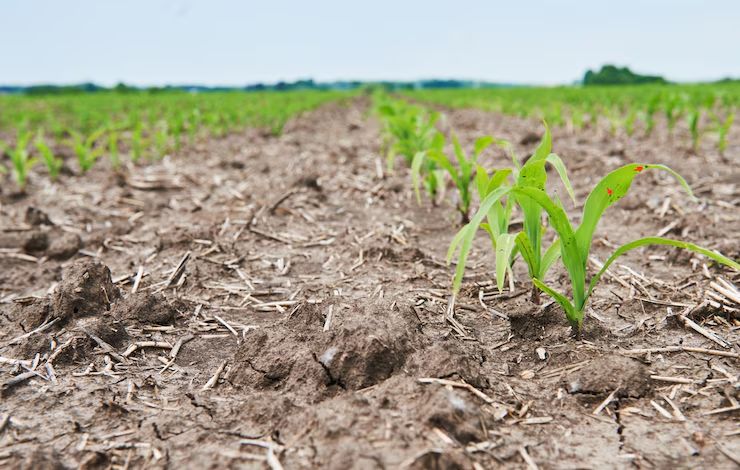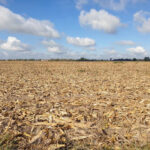Crop diseases pose a serious threat to food security and farm income. Identifying the early warning signs of these diseases is crucial for taking prompt action to minimize damage and protect yields. Whether you’re managing a small vegetable garden or a large commercial farm, learning how to recognize the symptoms early can make a significant difference.
One of the first signs of a crop disease is the appearance of strange spots, blotches, or color changes on leaves. Fungal infections such as rust, powdery mildew, or leaf spot diseases often start with yellow, brown, or black patches. These spots may have defined edges or fuzzy growths, especially in humid conditions.
If plants appear to be growing slower than usual or if their leaves begin to wilt even with adequate watering, it could indicate root rot or vascular diseases like Fusarium or Verticillium wilt. These diseases block the flow of nutrients and water, often resulting in sudden plant collapse.
Foul smells or fuzzy mould growing on plant stems, fruits, or pods are strong indicators of bacterial or fungal infections. Soft rot in vegetables like tomatoes and cucumbers often comes with a sour smell and mushy texture. Any unusual surface growth should be treated with caution and investigated immediately.
Viruses such as mosaic virus or leaf curl virus often cause distortion in leaf shape and size. Affected leaves may appear twisted, crumpled, or excessively small. These symptoms usually spread from one plant to others via insect vectors like aphids or whiteflies.
Although insects themselves are not diseases, their presence can be an early indicator of potential disease outbreaks. Insects such as aphids, thrips, and whiteflies are known carriers of viruses. A sudden infestation can be the prelude to a more serious disease problem.
If crops are taking longer than expected to flower or produce fruit, it could be a sign of systemic infections. Diseases like bacterial wilt or nematode infestations affect the plant’s ability to function normally, often leading to poor productivity.
Water-soaked lesions or greasy-looking patches are often the first visible symptoms of bacterial diseases. Look for dark, wet-looking spots on leaves, stems, or fruits. These lesions may spread quickly under moist conditions, especially in crops like beans, peppers, and cabbage.
The gradual death of shoot tips, known as dieback, may signal a serious underlying issue such as canker diseases or blight. Similarly, scorched or dried edges on leaves, often mistaken for sunburn, can be early signs of fungal or bacterial invasion.
Acting quickly when these symptoms are observed is vital. Early intervention with organic or chemical treatments can help stop the spread of disease. Removing or isolating affected plants, cleaning tools regularly, improving plant spacing, and monitoring environmental conditions can all reduce the risk of widespread infection. Early detection, combined with good farming practices, is key to protecting crops and securing a healthy harvest.







